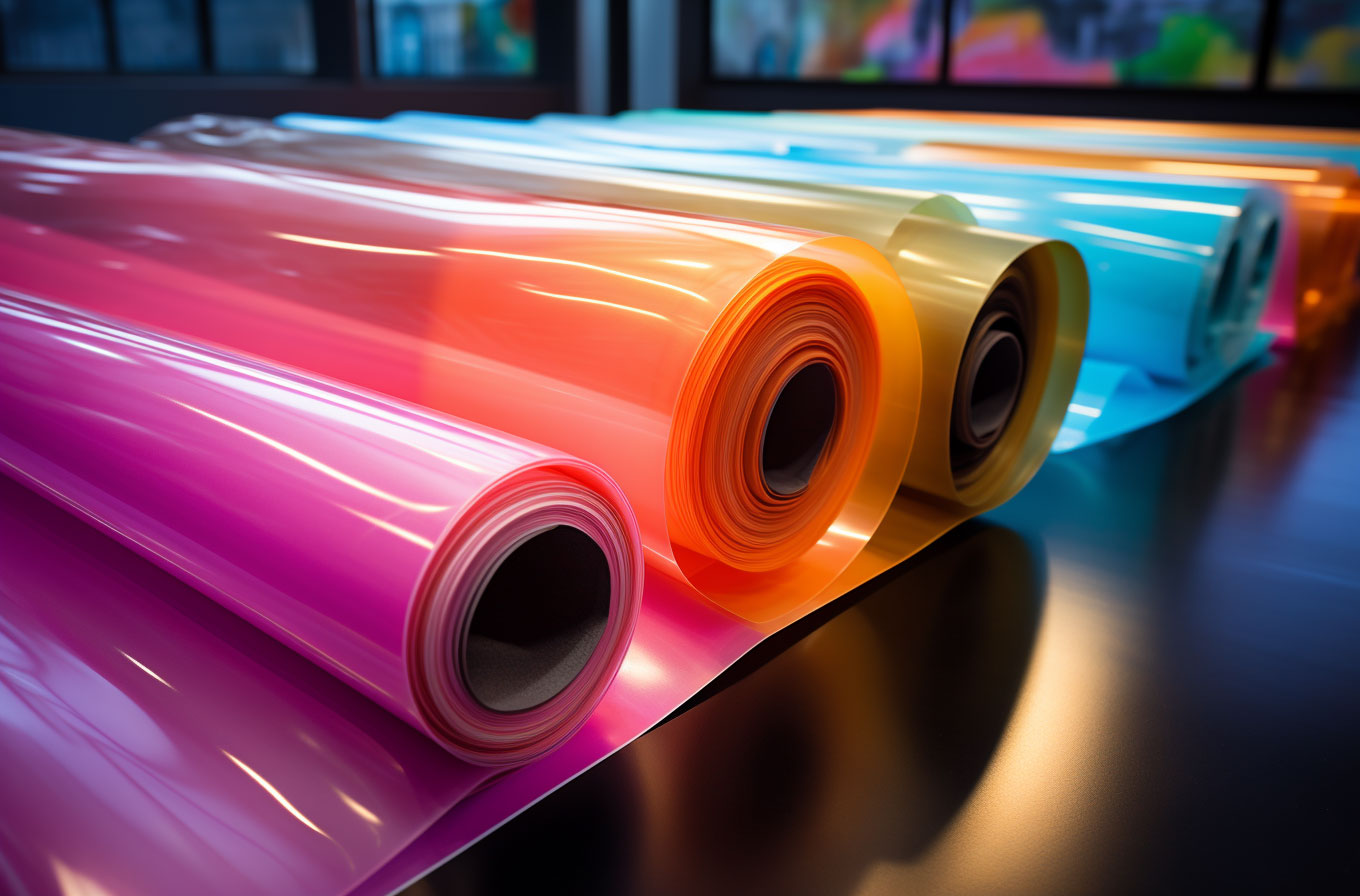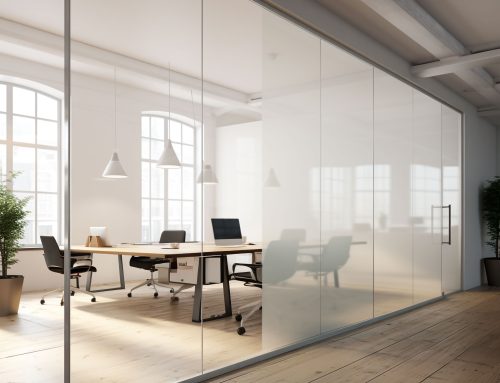Reflective films, as versatile thin film materials, have found widespread applications in various fields, including architecture, automotive, and home décor. This article introduces the classification and grades of reflective films, including static and smart reflective films, and explores their diverse applications across different domains. Understanding the characteristics and uses of these reflective films will enable you to make informed decisions when choosing the appropriate film for your project, resulting in improved outcomes.
Part 1: Static Reflective Films Static reflective films are a conventional type of reflective film that incorporates reflective materials within the film to enable partial reflection of sunlight when exposed to light. These films are used in architectural windows, automotive windows, and home glass, among others. They effectively block solar heat and UV rays during daytime, reducing indoor temperatures and decreasing the need for air conditioning or heating, leading to energy savings.
Part 2: Smart Reflective Films Smart reflective films are a novel type of reflective film that can automatically adjust their light transmittance based on the intensity of sunlight. When exposed to strong sunlight during the day, smart reflective films efficiently reflect the sunlight to prevent excessive heat from entering indoor spaces. Conversely, during nighttime or overcast conditions, they increase their light transmittance to enhance daylighting. Smart reflective films are widely used in high-end office buildings, shopping malls, science museums, and premium automobiles, providing users with a more intelligent and comfortable experience.
Part 3: Grades and Performance of Reflective Films Reflective films are often classified based on their thermal insulation performance and weather resistance. When selecting reflective films, it is recommended to consider the following aspects:
- Thermal Insulation Performance: Understand the film’s thermal insulation index, typically measured by visible light transmittance, infrared transmittance, and ultraviolet transmittance.
- Weather Resistance: Assess the film’s resistance to UV radiation, high temperatures, and aging, ensuring stable performance during long-term use.
Part 4: Applications of Reflective Films Reflective films find diverse applications across various domains. In the architectural sector, they are used in glass curtain walls, roofs, and skylights, providing comfortable indoor environments and energy-saving benefits. In the automotive industry, reflective films are applied to windows to enhance the driving experience and protect interior materials from UV damage. Within homes, reflective films are used on windows and glass furniture to shield family members from harmful UV radiation.
Conclusion: The classification and grades of reflective films encompass both static and smart varieties, which offer extensive applications in architecture, automotive, and home décor. Understanding the different types of reflective films and their characteristics will aid in making well-informed choices for your projects. Whether aiming for energy efficiency, eco-friendliness, or improved comfort and smart experiences, the right reflective film can provide tailored solutions to meet your needs.




Leave A Comment